The Musical Instrument Desk Reference
A Guide to How Band and Orchestral Instruments Work
Michael J. Pagliaro
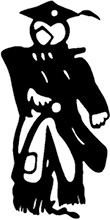
Scarecrow Press
Lanham Toronto Plymouth, UK
2012
Published by Scarecrow Press, Inc.
A wholly owned subsidiary of The Rowman & Littlefield Publishing Group, Inc.
4501 Forbes Boulevard, Suite 200, Lanham, Maryland 20706
www.rowman.com
10 Thornbury Road, Plymouth PL6 7PP, United Kingdom
Copyright 2012 by Scarecrow Press
All rights reserved . No part of this book may be reproduced in any form or by any electronic or mechanical means, including information storage and retrieval systems, without written permission from the publisher, except by a reviewer who may quote passages in a review.
British Library Cataloguing in Publication Information Available
Library of Congress Cataloging-in-Publication Data
Pagliaro, Michael J.
The musical instrument desk reference : a guide to how band and orchestral instruments work / Michael J. Pagliaro.
p. cm.
Includes index.
ISBN 978-0-8108-8270-6 (cloth : alk. paper) ISBN 978-0-8108-8271-3 (ebook)
1. Musical instruments. 2. Wind instrumentsConstruction. 3. Bowed stringed instrumentsConstruction. I. Title.
ML460.P313 2012
784.192dc23 2012007244
 The paper used in this publication meets the minimum requirements of American National Standard for Information SciencesPermanence of Paper for Printed Library Materials, ANSI/NISO Z39.48-1992.
The paper used in this publication meets the minimum requirements of American National Standard for Information SciencesPermanence of Paper for Printed Library Materials, ANSI/NISO Z39.48-1992.
Printed in the United States of America
Foreword
Dr. Michael J. Pagliaros The Musical Instrument Desk Reference appears at a time in the evolution of musical instrument teaching and technology when, by virtue of the changes in the worlds economy, a more broad-based knowledge of instruments is required. In order to fill the needs of their personal and school budget requirements, music teachers and technicians must now teach and service a greater variety of instruments. These often include instruments completely foreign to those with which the practitioner might otherwise be most familiar.
Specializing in one instrument can seem a divine aspiration. The world will always need experts in individual instruments. However, their restricted range necessarily limits the need for such individuals, and a complete professional career based on expertise in one instrument is seldom viable. Those who choose to pursue a career in instrumental music have no choice but to expand their horizons to include a general knowledge of the more commonly used instruments. Notwithstanding the distinct advantages offered by specialization, few instrumentalists can survive on such narrow expertise. The trend today is toward a more general practitioner form of professional involvement.
Dr. Pagliaro, a general practitioner with some sixty years of experience, has distilled his extensive knowledge into a concise, reader-friendly document. Throughout the book, the various charts and illustrations successfully underscore the written text, and each chapter begins with a quick start section where the reader can easily glean any information necessary to begin work with a new instrument. That quick start section is then followed by an in-depth discussion of the instrument or its family, allowing users to explore its operation in more detail.
Although other sources for this type of information exist in texts and method books, Dr. Pagliaros reference resource is the very first to combine all of the essential musical instrument material within a single volume. Without question, it is the sine qua non of publications associated with the field of musical instrument study.
Looking back over my thirty-five-year career as a music educator, I only wish at the time I could have had in my possession this most essential book. It is an indispensable resource for music educators and technicians, and should live as a permanent addition in the libraries of educators and students at all academic institutions offering instrumental music and music education degree programs.
Dr. Earl Groner taught instrumental music in the Scarsdale School District of New York for thirty-five years, has served as president of the Westchester County School Music Association in New York, the New York State School Music Association (NYSSMA), and the Eastern Division president of MENC (now NAfME). Dr. Groner is also known for his work as music director and conductor of the Empire State Concert Productions and the Scarsdale Symphony Orchestra.
Preface
This manual provides important information for teachers, students, and technicians who work with musical instruments on which they are not accomplished performers.
Instant, easy access is available to a simplified version of basic information common to the needs of the musical instrument practitioner, be he a teacher, teacher in training, technician, or student not proficient in the instrument under study. The operative words here are easy access . There will no longer be a need to leaf through lesson books or boot up a computer to Google in the middle of a class or project. Flip a page in the book on your desk and the answer will be there.
The manual is formatted with an Easy-Reference Quick-Start section (the first half of many chapters) to provide users with immediate, easy access to illustrated, clearly and succinctly presented information that may be needed during a lesson or for another immediate need. Basic fingering charts, assembly procedures, playing positions, embouchure hints, and other helpful facts are all instantly available for those dealing with a non-major instrument.
Following the Easy-Reference Quick-Start sections are Expanded In-Depth Study sections, which provide detailed, more extensive discussions on the topics covered in the Quick-Start sections.
It is worth noting that the study of music, like the study of medicine, is both an art and a science. Practitioners will sometimes have different opinions on procedures for practicing their trade. As you read through sections of this manual on which you, the reader, are an authority, you may be in disagreement with matters or procedures stated in the text. Topics such as embouchure, alternate fingering, choice of equipmentand those topics that are not grounded in empirical scientific fact but that have more than one direction or process that has proven to be successful with particular individualscan be open to challenge. The research used in preparation for writing this manual has directed the author to present such topics from a centrist articulation. The information proffered has been derived from a majority of historical successes in mainstream musical performance and study throughout the ages. There is often more than one way to execute a musical experience. This manual presents the method that is most often used.
To avoid the necessity to look back for information previously mentioned that is relevant to a topic under study, and because the manual can be used for specific references without reading it from cover to cover, some repetition will be present throughout the text.
Chapter 1
Introduction
Quick-Start Notes: Fingering
The traditional introduction to fingering for any instrument usually uses a chart illustrating, in ascending order, all of the fingerings for all the notes in the range of the instrument being studied. In this manual, some fingering charts are written in descending order with illustrated fingering because descending is the natural order by which many instrumentsand especially brass instrumentsarrive at their sounds. By studying the patterns apparent in the descending order, it is easier to visualize reoccurring fingering patterns for all instruments of the choir under discussion. Understanding these fingering patterns greatly reduces the need to memorize each individual fingering chart.

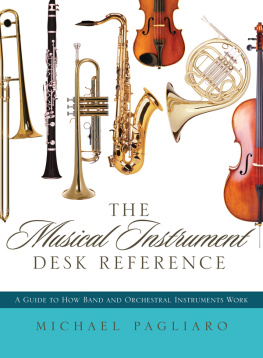
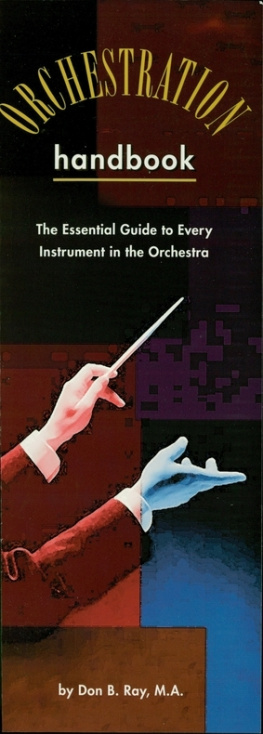
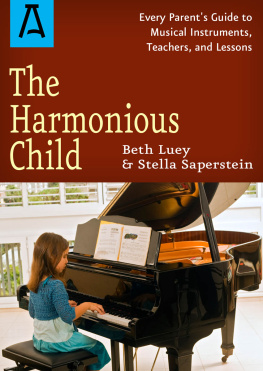

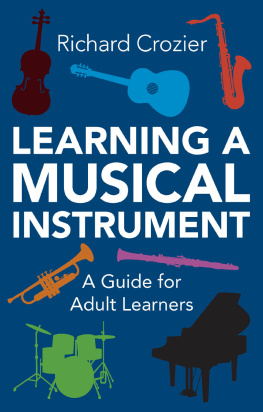
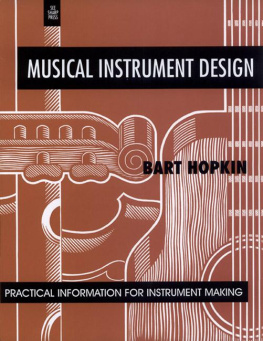
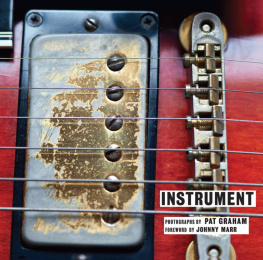
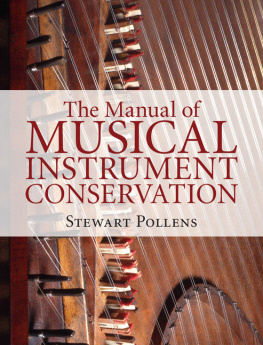
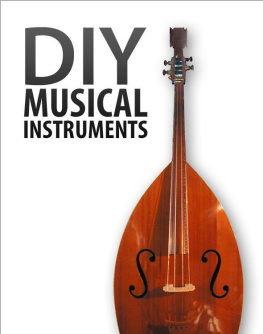

 The paper used in this publication meets the minimum requirements of American National Standard for Information SciencesPermanence of Paper for Printed Library Materials, ANSI/NISO Z39.48-1992.
The paper used in this publication meets the minimum requirements of American National Standard for Information SciencesPermanence of Paper for Printed Library Materials, ANSI/NISO Z39.48-1992.